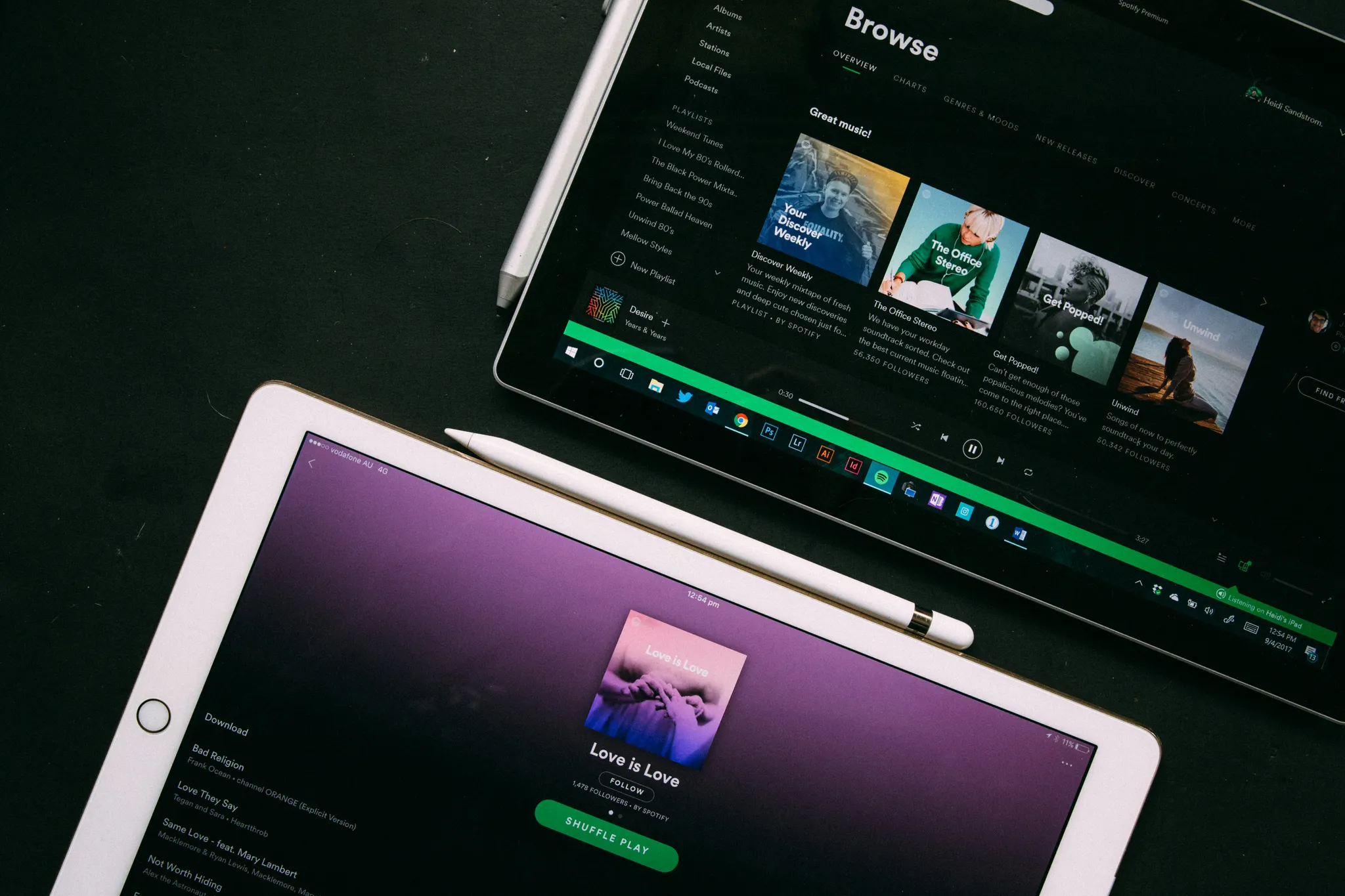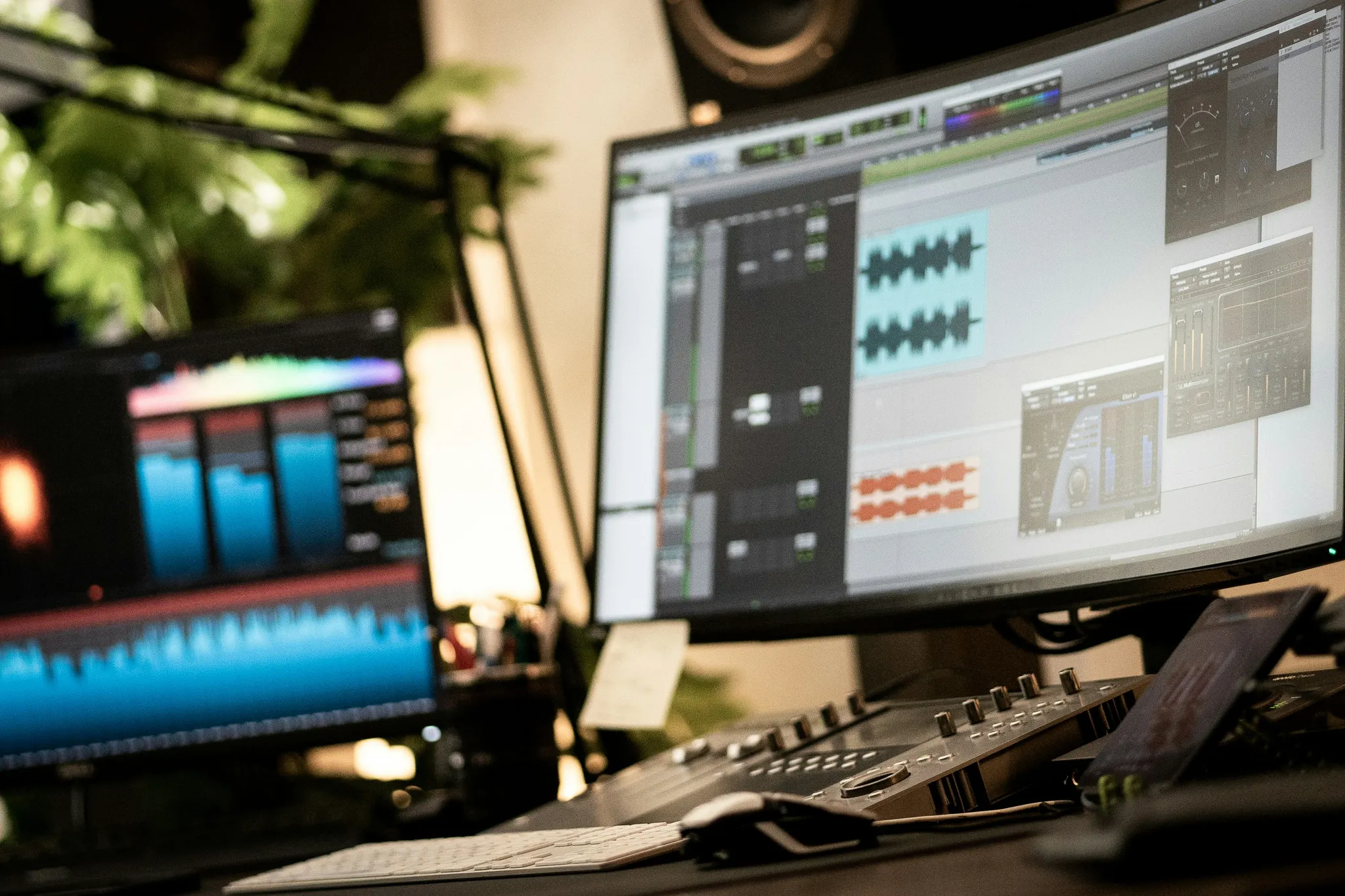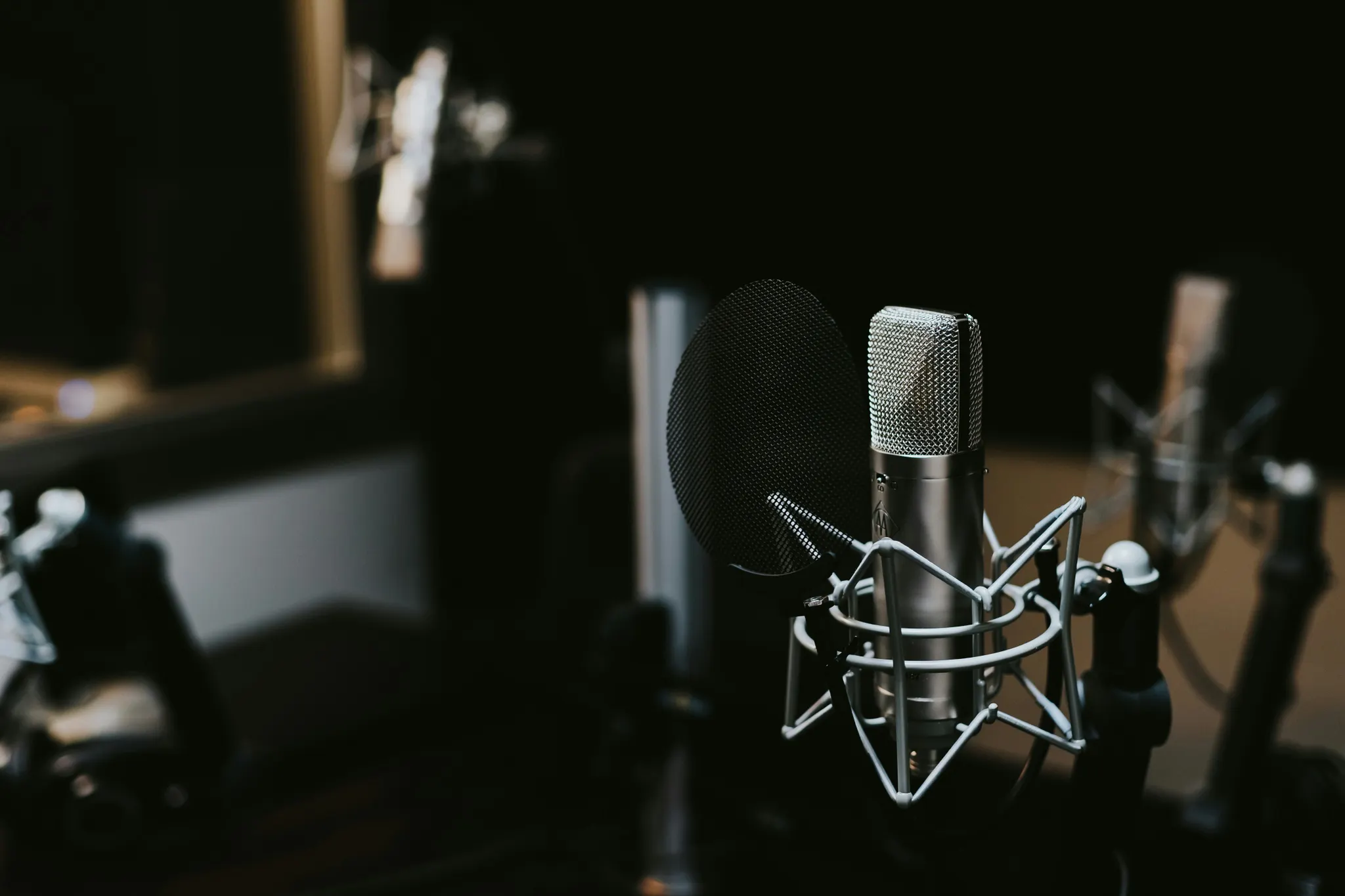
Understanding Music Distribution: How to Get Your Music on Spotify, Apple Music, and More
Releasing music today is about more than just writing and recording songs. It’s about getting those songs heard on platforms like Spotify, Apple Music, Amazon Music, Deezer, and countless others around the world.
That’s where music distribution comes in. Once limited to pressing vinyl or shipping CDs to stores, distribution has evolved into a digital process that connects artists directly to streaming platforms and audiences everywhere.
In this guide, you’ll learn how music distribution works, explore the top distribution companies, and discover how to release your music successfully.
🎶 What Is Music Distribution?
Music distribution is the process of delivering your music to digital streaming platforms (DSPs) such as:
- Spotify
- Apple Music
- YouTube Music
- Amazon Music
- Deezer
- Tidal
Distributors act as the bridge between your uploaded files and the platforms where fans listen. You typically submit:
- Audio files (WAV or FLAC)
- Metadata (song title, album title, genre, artist name)
- Artwork (cover image that meets DSP guidelines)
The distributor then handles the technical work of pushing your release to streaming platforms, ensuring it appears properly, and collecting royalties.
✅ Why Do You Need a Distributor?
Unlike uploading a video to YouTube, you can’t just upload music directly to Spotify or Apple Music as an artist. Streaming platforms work with distributors to manage content, ensure quality, and handle payments.
A distributor ensures:
- Your music appears on all major DSPs.
- Royalties are collected and paid out.
- ISRCs (International Standard Recording Codes) are assigned to your tracks for proper tracking.
- Release scheduling is handled, so you can coordinate launches and marketing campaigns.
🔄 Types of Music Distribution Companies
There are two main models of distribution available to independent artists:
- Flat-fee distributors
- You pay an annual or per-release fee.
- You keep 100% (or close to 100%) of your royalties.
- Best for artists who release frequently and want full revenue control.
- Revenue-share distributors
- No upfront fee, but the distributor takes a percentage of your royalties (often 10–20%).
- Lower barrier to entry but less long-term earning potential.
📊 Comparing Popular Music Distribution Companies
Here’s a quick breakdown of some leading options:
DistroKid
- Pricing: $22.99/year for unlimited uploads.
- Royalties: Keep 100%.
- Best for: Independent artists releasing frequently.
- Notable features: Fast delivery, easy split payments with collaborators.
TuneCore
- Pricing: $14.99/year per artist profile, unlimited uploads.
- Royalties: Keep 100%.
- Best for: Artists wanting flexible pricing with a strong brand reputation.
- Notable features: Publishing administration available.
CD Baby
- Pricing: $9.95 per single or $29 per album (one-time fee).
- Royalties: Keeps a 9% cut.
- Best for: Artists who don’t release frequently.
- Notable features: Sync licensing and physical distribution options.
Stem
- Pricing: Invite-only, revenue share model (10–15%).
- Royalties: Artists keep 85–90%.
- Best for: Artists with established traction looking for financial/marketing support.
- Notable features: Advances and analytics tools.
Amuse
- Pricing: Free plan (distribution only) or Pro plan for advanced features.
- Royalties: Keep 100% on Pro.
- Best for: Emerging artists wanting free entry-level distribution.
- Notable features: Mobile app-based distribution.
💡 Choosing the Right Distributor
When comparing distributors, ask yourself:
- How often will I release music?
- Do I want to pay upfront or share royalties?
- Do I need publishing or sync support?
- Do I want additional features (splits, analytics, advances)?
For example:
- Frequent releasers: DistroKid or TuneCore may be most cost-effective.
- Occasional releasers: CD Baby’s one-time fees might make sense.
- Established artists seeking growth support: Stem could be the right partner.
🚀 Beyond Distribution: Marketing Your Release
Getting your music onto Spotify or Apple Music is just step one. The next challenge is making sure people actually listen.
That’s where marketing and fan engagement come in:
- Pre-saves help build momentum before release day.
- Landing pages make it easy to share links across all DSPs.
- SMS and email marketing keep fans updated on new releases.
- Analytics help you understand which fans are most engaged.
Platforms like Sonikit give independent artists the same professional marketing toolkit that labels use. With a single platform, you can combine pre-saves, landing pages, audience segmentation, and SMS campaigns into one system.
Final Thoughts
Music distribution has never been more accessible. You don’t need a record label to get your songs on Spotify, Apple Music, or any other platform. With the right distributor and the right marketing plan, you can reach fans worldwide and control your career on your terms.
The key is not just releasing music, but building a sustainable strategy that connects with your audience and ensures they keep coming back for more.
📌 Next Steps for Artists
- Compare distributors to find the right fit for your release strategy.
- Get our free Album Release Schedule Strategy to plan your next campaign.
- Explore how Sonikit can help you turn distribution into growth with fan-first marketing tools.



